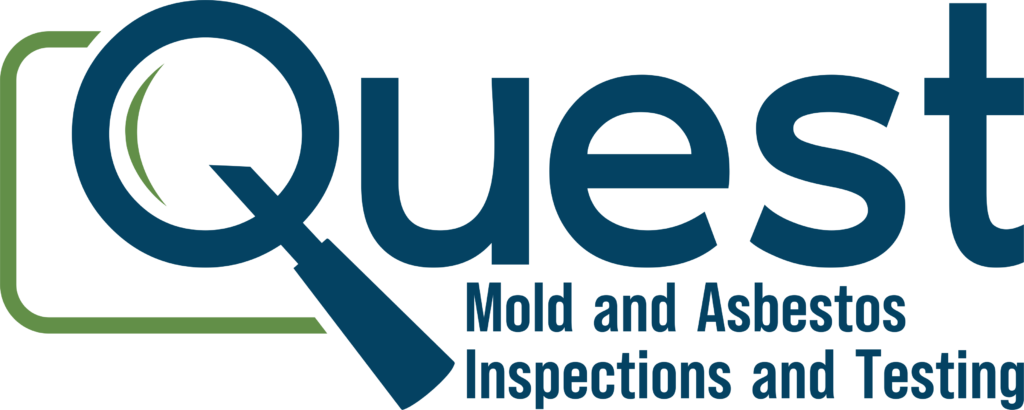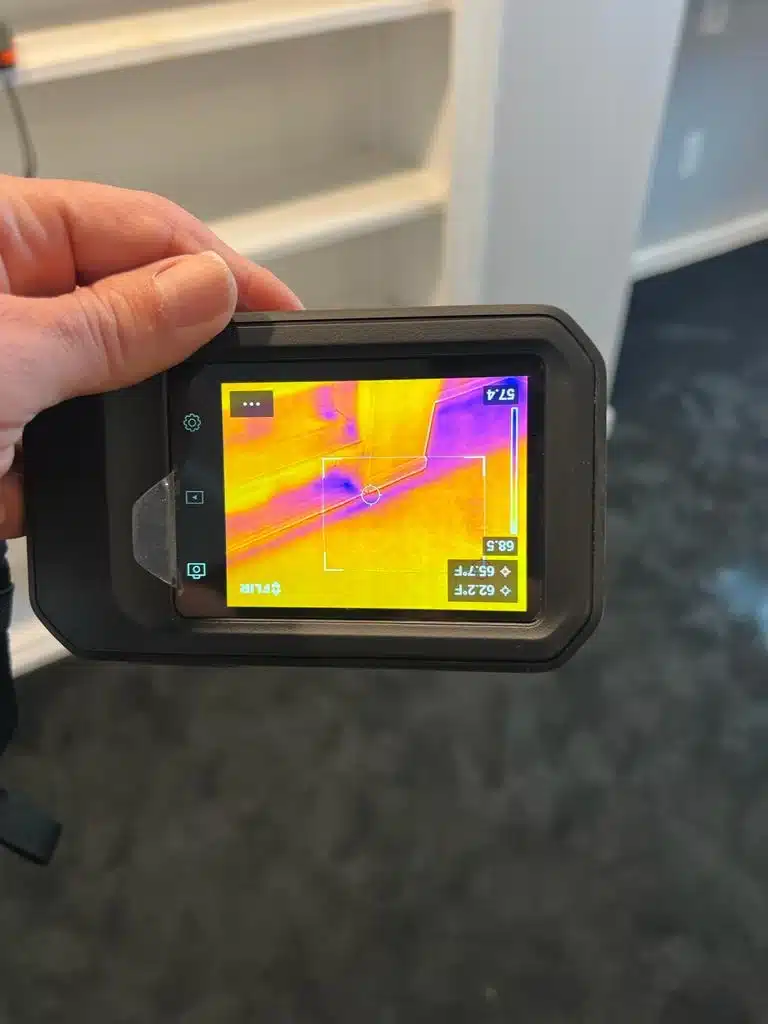Indoor air quality is an essential aspect of maintaining a healthy home environment. However, many homeowners are unaware of the potential mold problem lurking in their homes. Mold is a type of fungus that grows in damp and humid environments, and it can cause a variety of health problems if left unchecked.
Mold spores are present in the air we breathe, and they can grow on any surface that is moist or damp. This includes walls, ceilings, carpets, and furniture. Mold can cause allergic reactions, respiratory problems, and other health issues, especially in people with weakened immune systems. Identifying and addressing mold problems in the home is crucial for maintaining good indoor air quality and preventing health problems.
Understanding Mold
Mold is a type of fungus that thrives in warm, damp environments. It can grow on any organic material, including paper, wood, fabric, and food. In indoor environments, mold growth is commonly observed in areas with high humidity, such as bathrooms, kitchens, and basements. Mold spores are invisible to the naked eye and can easily spread through the air, making it difficult to detect mold growth in the early stages.
Types of Indoor Mold
There are many different types of indoor mold, including Aspergillus, Cladosporium, Penicillium, and Stachybotrys. Each type of mold has its own characteristic appearance and growth pattern. For example, Aspergillus mold is commonly found in air conditioning systems and can cause allergic reactions, while Stachybotrys mold, also known as “black mold,” is known for its toxic properties and can cause serious health problems.
Health Risks Associated with Mold Exposure
Exposure to mold can cause a variety of health problems, ranging from mild allergic reactions to serious respiratory problems. Common symptoms of mold exposure include coughing, sneezing, wheezing, and skin irritation. In some cases, mold exposure can also lead to more serious health problems, such as asthma, bronchitis, and pneumonia.
It is important to remember that not all people are affected by mold in the same way. Some people may be more sensitive to mold than others, and may experience more severe symptoms. If you suspect that you have a mold problem in your home or workplace, it is important to take action to address the issue as soon as possible.
Detection and Assessment
Indoor mold growth can be difficult to detect and assess. Often, mold is not visible to the naked eye, and it can grow in hidden areas such as behind walls or under flooring. Therefore, it is important to use appropriate detection and assessment techniques to identify mold growth and determine the extent of the problem.
Visual Inspection Techniques
Visual inspection is the first step in detecting mold growth. During a visual inspection, the inspector looks for signs of water damage, such as discoloration or staining on walls, ceilings, or floors. They may also look for visible mold growth, which can appear as fuzzy or slimy patches of various colors, including black, green, white, or brown.
In addition, the inspector may use a moisture meter to detect moisture levels in the walls, floors, or ceilings. High moisture levels can indicate a potential mold problem, as mold requires moisture to grow.
Mold Testing Methods
If mold growth is suspected but not visible, or if the extent of the problem is unknown, mold testing may be necessary. There are several types of mold testing methods, including air sampling, surface sampling, and bulk sampling.
Air sampling involves collecting air samples to determine the concentration of mold spores in the air. Surface sampling involves collecting samples from surfaces suspected of having mold growth, such as walls or floors. Bulk sampling involves collecting samples of materials suspected of containing mold, such as drywall or insulation.
It is important to note that mold testing has limitations and should be used in conjunction with visual inspection. Mold spores are present in the air and can be found in both indoor and outdoor environments. Therefore, the presence of mold spores in air samples does not necessarily indicate a mold problem. A qualified inspector can help interpret the results of mold testing and determine the extent of the problem.
Remediation Strategies
Indoor mold is a common problem affecting many households. It can cause health problems and damage the structure of your home. Therefore, it is essential to remove mold as soon as possible. Here are some remediation strategies to consider:
Professional Mold Removal
If the mold infestation is severe, it is best to hire a professional mold removal service. These professionals are trained to identify the type of mold and the extent of the damage. They use specialized equipment and techniques to remove the mold safely. Professional mold removal services can be expensive, but they are worth the investment for severe mold infestations.
DIY Mold Mitigation Tips
For minor mold infestations, you can use some DIY techniques to remove the mold. Here are some tips that can help:
- Identify the source of moisture and fix it. Mold thrives in moist environments, so fixing the moisture problem is essential to prevent mold growth.
- Wear protective gear such as gloves, goggles, and masks to avoid exposure to mold spores.
- Use a mixture of bleach and water to clean the moldy surfaces. Mix one cup of bleach with one gallon of water. Apply the solution to the moldy surface and let it sit for 10 minutes. Then, rinse the surface with clean water and let it dry.
- Use a HEPA filter vacuum to remove mold spores from the air. A HEPA filter can trap small particles, including mold spores, and prevent them from spreading.
- Use a dehumidifier to reduce the humidity levels in your home. Mold thrives in humid environments, so reducing the humidity levels can prevent mold growth.
In conclusion, mold can cause serious health problems and damage to your home. Therefore, it is essential to remove mold as soon as possible. For severe mold infestations, it is best to hire a professional mold removal service. For minor mold infestations, you can use some DIY techniques to remove the mold.
Prevention and Maintenance
Preventing mold growth requires a multi-faceted approach that focuses on environmental control and regular inspections and cleaning. By implementing these measures, homeowners and building managers can effectively reduce the likelihood of mold growth and protect the health of occupants.
Environmental Control
The key to controlling mold growth is to control moisture. Homeowners and building managers should take steps to prevent water intrusion and address any leaks or spills promptly. This may involve repairing leaky pipes, fixing roof leaks, and ensuring proper ventilation in bathrooms and other areas prone to moisture buildup.
In addition to preventing water intrusion, it is important to maintain proper humidity levels. The ideal range for indoor humidity is between 30 and 60 percent. Homeowners and building managers can use dehumidifiers to reduce humidity levels in areas prone to moisture buildup, such as basements and bathrooms.
Regular Inspections and Cleaning
Regular inspections and cleaning are essential for preventing mold growth. Homeowners and building managers should conduct visual inspections of all areas of the property, including attics, basements, and crawl spaces, to identify any signs of moisture buildup or mold growth.
In addition to visual inspections, homeowners and building managers should consider using air quality testing to identify any hidden mold growth. This can be particularly important in areas with a history of water intrusion or where occupants have reported health problems that may be related to mold exposure.
To prevent mold growth, it is also important to maintain a clean and dry environment. This may involve cleaning and disinfecting surfaces regularly, as well as ensuring that carpets and upholstery are kept dry and free from moisture buildup.
By implementing these measures, homeowners and building managers can effectively prevent mold growth and maintain a healthy indoor environment for occupants.


